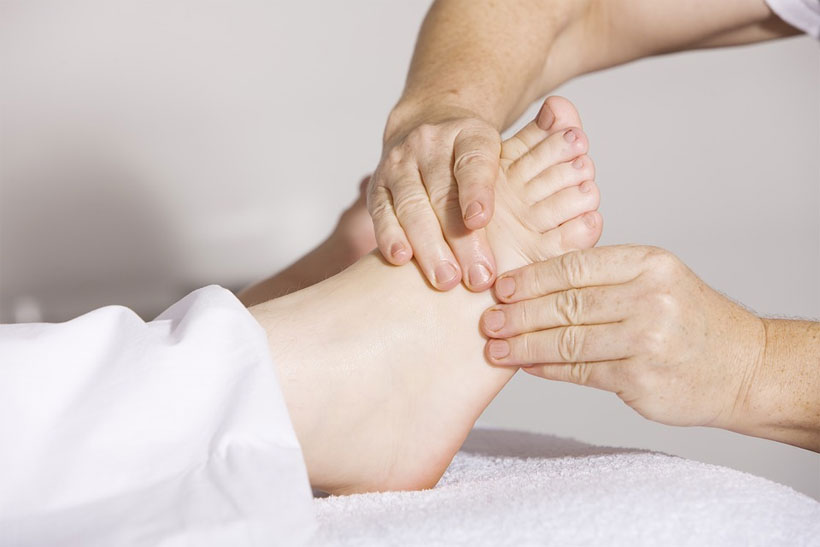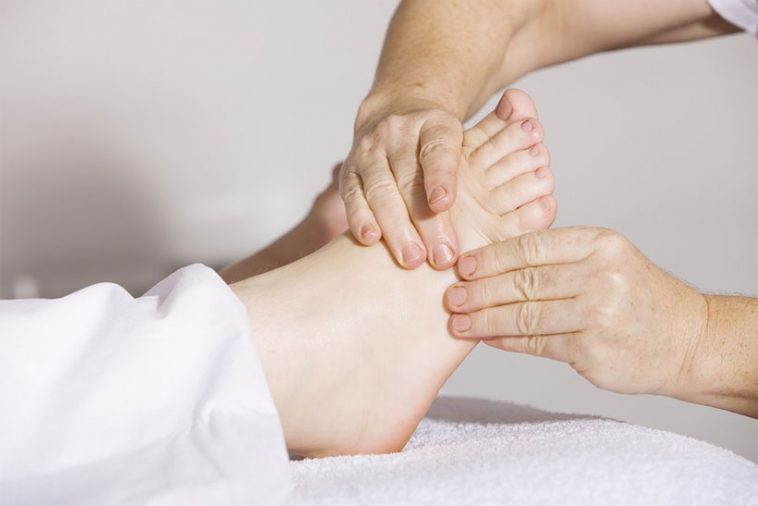- Like
- SHARE
- Digg
- Del
- Tumblr
- VKontakte
- Flattr
- Buffer
- Love This
- Save
- Odnoklassniki
- Meneame
- Blogger
- Amazon
- Yahoo Mail
- Gmail
- AOL
- Newsvine
- HackerNews
- Evernote
- MySpace
- Mail.ru
- Viadeo
- Line
- Comments
- Yummly
- SMS
- Viber
- Telegram
- JOIN
- Skype
- Facebook Messenger
- Kakao
- LiveJournal
- Yammer
- Edgar
- Fintel
- Mix
- Instapaper
- Copy Link
 One of the things that can almost entirely disable a person is undergoing foot surgery. Unlike surgery that involves other parts of the body, your feet are solely responsible for taking your around.
One of the things that can almost entirely disable a person is undergoing foot surgery. Unlike surgery that involves other parts of the body, your feet are solely responsible for taking your around.
Foot surgery can be corrective or preventive in nature. People with bunions, flat feet, plantar fasciitis, and metatarsalgia undergo surgery to relieve and correct pain.
Before undergoing any surgery, it is important to check with your doctor on what’s needed for complete healing post-surgery. Some operations may require only a day’s rest while a fracture might need several months to heal.
Post-op Foot Care Tips
After foot surgery, it is important to give your body ample rest and downtime before getting back to training. High-intensity activities like running or jumping should be entirely reduced. If you are a runner, this can be extremely frustrating as you’d be used to running regularly, but that’s not to say you can’t replace your morning jogs with less intense activities like walking.
Shoes After Foot Surgery
Shoes after foot surgery are extremely important to ensure that your feet are kept securely in place especially in a fracture. It is also important to consult with a physiotherapist on the types of exercises you should and shouldn’t do. Some fracture boots can accommodate your feet along with the cast and bandages. Once the cast is removed, you can wear orthopedic shoes to further the healing process. It is at this time that you should engage in walking and perhaps mild jogging to get your feet going.
The First Few Days After Surgery
In the first few days following surgery, make sure to keep your feet elevated to reduce swelling. Rest your feet at least 15 cm higher than your heart. You can use pillows and cushions to achieve this. Elevation of your foot also depends entirely on the type of surgery you’d had as a major foot surgery will require elevating your foot, while a minor one will not.
Moreover, during this time, try maintaining a healthy diet as junk foods rich in sugar and salts can cause swelling and increase recovery time. Your doctor will most likely tell you what to keep out of your diet so it doesn’t interfere with certain types of medication. A healthy diet will also help flush out the toxins that accumulate in your body especially if you’ve been instructed to take painkillers etc.
For a more conventional approach, you can use ice in the area of the surgery to reduce pain and inflammation. This is generally good for later stages of recovery when you’re ready to get back to your usual routine.
When it comes to pain medication, depending on the foot surgery, your doctor might prescribe opioid or non-opioid pain meds. Non opioids are the most commonly prescribed meds and this type of medication is ideal for small to medium pain. The most common non-opioid medication used after foot surgery is Tylenol. It is important to never exceed the recommended dosage set by the doctor.
The First Few Weeks After Surgery
During the first few weeks after foot surgery, the pain will definitely be an issue. For this reason, your doctor will prescribe painkillers to make things more bearable. As the weeks progress, make sure to monitor the pain as it should gradually subside within the first 6 weeks after surgery. Be sure to talk to your physician if the pain does not get better and is starting to affect your mood.
While recovering from foot surgery, try to keep yourself busy and distracted so as not to get bored. Activities like reading, watching, listening to music or video games are great ways to keep yourself entertained during the healing process. It also helps to have friends and family around who can give you company. This can also be a good time to learn new things or try a new hobby.
Beyond the First Few Weeks After Surgery
Following the two weeks after surgery, you will be called into your doctor’s office to have the sutures or stitches removed. Itchiness around the suture area is normal, but if you notice any swelling or redness, you should call your doctor as it may be a sign of infections. A pale yellow fluid might also ooze out from the site of the sutures and if this is the case, it is best to leave the wound to air-dry before putting on socks or shoes.
Scheduling Follow-up Visits With Your Doctor
Finally, it is important to schedule follow-up visits with your doctor to check the condition of your feet after surgery and to make sure you are healing appropriately. It is also during this time that your doctor will be able to tell when you’ll be fit to return to your training or other physical activities.
The Bottom Line
Utilizing proper self-care after foot surgery will get you back on your feet and training in no time. Be sure to follow your doctor’s directions and take it easy, especially the first few days and weeks post-op. Proper footwear is also going to be an important aid for a speedy recovery and the importance of following-up with your doctor can’t be stressed enough.
About Shannon Clark
Shannon holds a degree in Exercise Science and is a certified personal trainer and fitness writer with over 10 years of industry experience.

